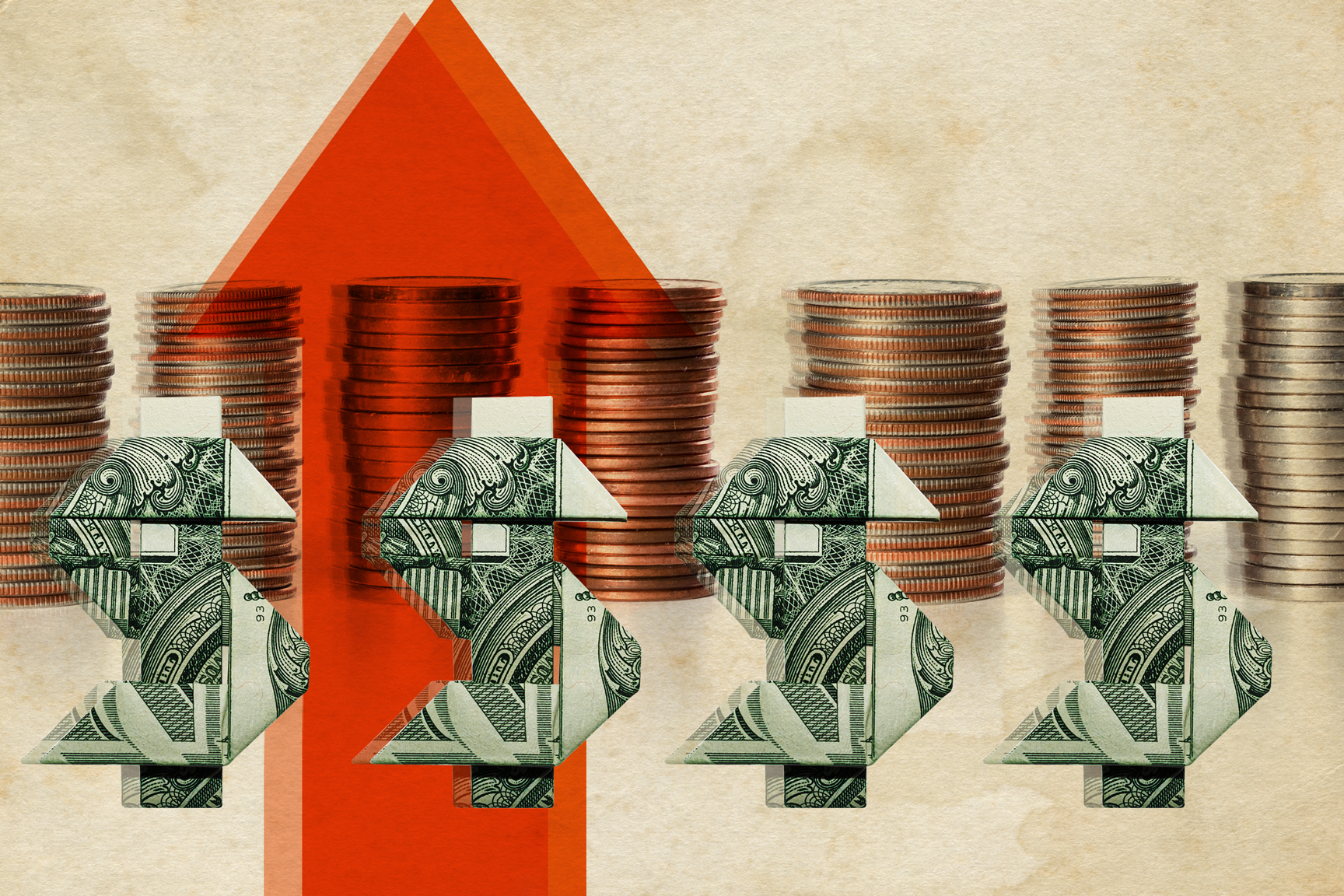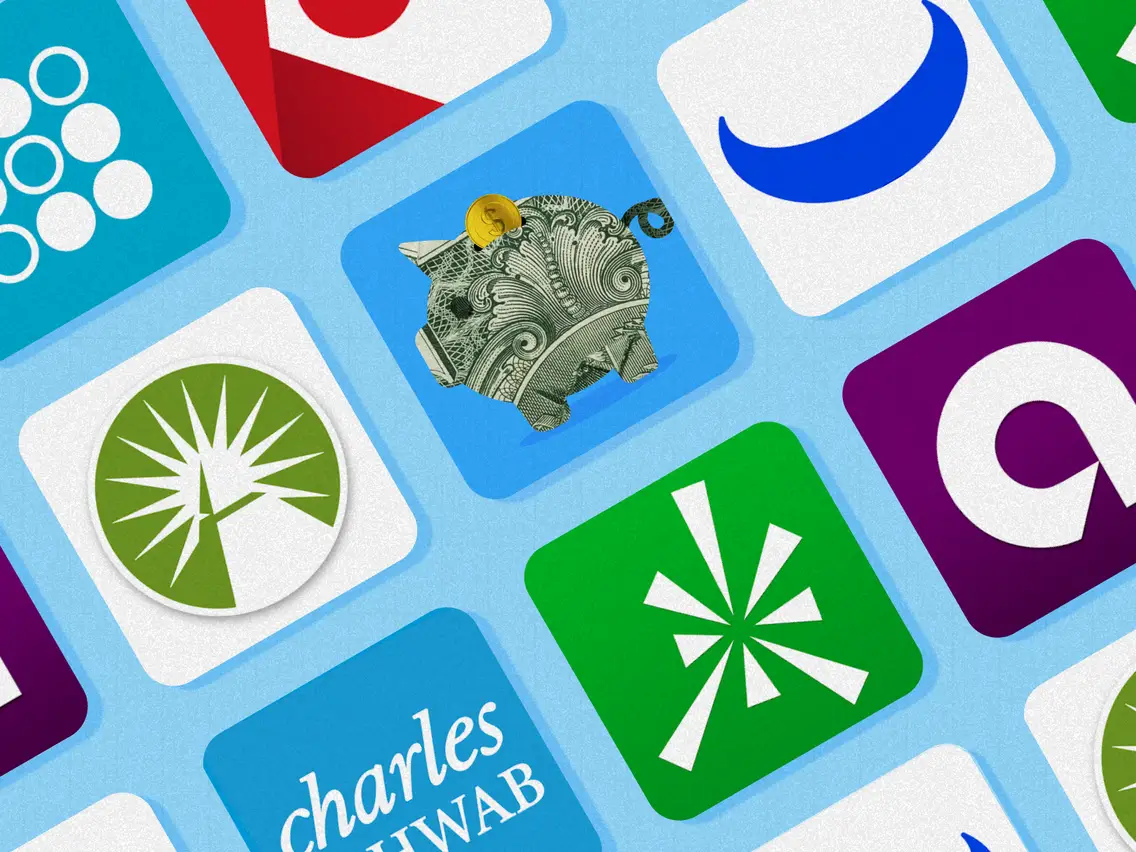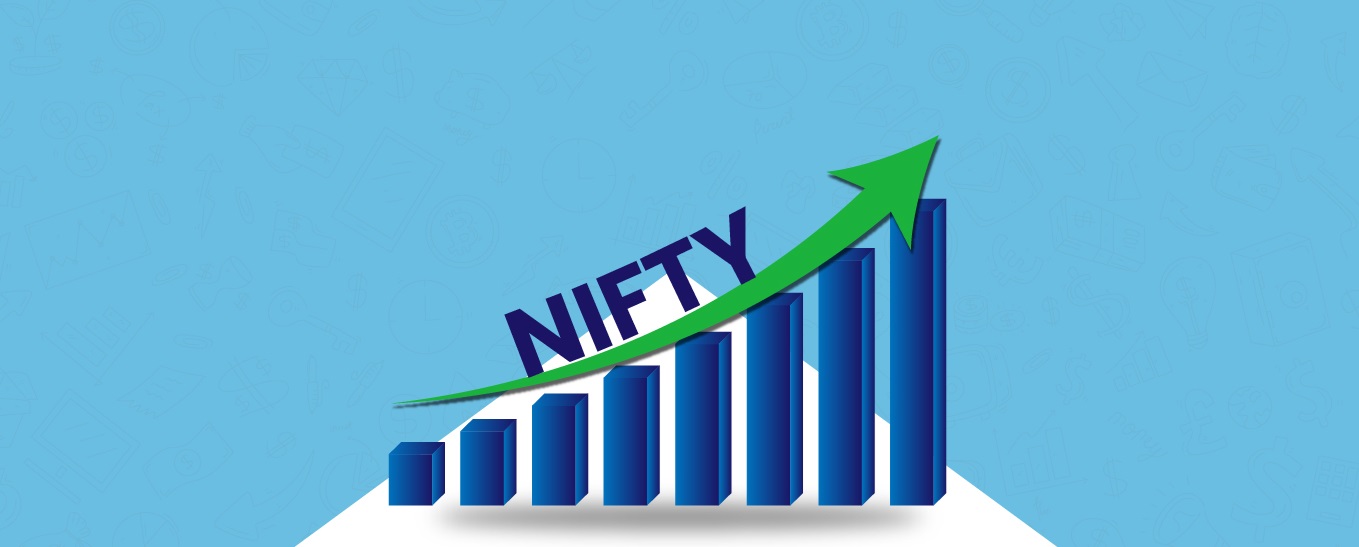
Prices are rising for American households and companies as the economy recovers from the worldwide epidemic.
The Federal Open Market Committee of the Federal Reserve declared that it will attempt to raise interest rates to combat inflation. The Committee also stated that, depending on the state of the market, it is likely to keep raising interest rates in the future. Borrowers and savers may be impacted by the Fed’s interest rate changes since they have a tendency to ripple across the economy.
The Federal Reserve System’s Consumer Financial Protection Bureau is a consumer-focused division, ensuring that markets are just, open, and competitive. What shoppers need to understand is this:
Here, we examine the effects of interest rate increases by the Fed on many aspects of the economy, including borrowing and lending, consumer spending, and the stock market. This article explains why firms will incur greater expenses rajkotupdates-news-the-government-has-made-a-big-announcement-regarding-the-interest-rate when growing their operations and paying their employees when the Fed increases interest rates, as well as how consumers pay more for the capital needed to make purchases. However, as this article demonstrates, the aforementioned companies are not the only ones who suffer as a result of increasing expenditures.
Interest Rates and Borrowing
Lower interest rates have a direct effect on the bond market since falling yields make bonds from corporate to U.S. treasuries less appealing to prospective buyers. Bond prices fluctuate in the opposite direction of interest rates, so as rates drop, bond prices climb.
Similarly, rising interest rates cause bonds to cost less, which hurts fixed-income investors. People are also less willing to borrow money or refinance their loans when interest rates increase since doing so is more expensive.
How Interest Is Calculated
The amount of interest that accumulates (adds up) on your loan each day is determined by a daily interest calculation. The loan balance is multiplied by the number of days since your previous payment, and the result is multiplied by the interest rate factor.
When it was first anticipated that interest rates may remain higher for longer, investors responded negatively, and equities gave up earlier gains. Chairman Jerome Powell stated during a press conference that it was critical to continue the fight against inflation in order to prevent the expectation of increased prices from becoming entrenched.
“Inflation data received so far for October and November show a welcome reduction in the monthly pace of price increases,” the meeting chair stated at a news conference after the meeting. But it will need a lot more proof to be sure that inflation is on a consistent lower trend.
Interest Capitalization
When unpaid interest is added to a loan’s main sum, this process is known as capitalization.
Your monthly loan payment includes all the interest that accrues (additionally) between installments on a standard repayment schedule (Standard, Graduated, or Extended). errordomainnscocoaerrordomainerrormessageimpossible-de-trouver-le-raccourci-specifie-errorcode4 Therefore, while you are paying off one of these programmes, no interest will accumulate that has not already been paid.
But in some circumstances, such as if you’re on an income-driven repayment (IDR) plan or if you’re not making payments, unpaid interest can mount up. See when unpaid interest can accumulate in the section below.
The cost of some loans will go up.
If you have a variable rate, the interest rate on your current credit products might increase. For instance, a lot of credit cards offer variable interest rates. Your card balances will thus be higher for you to pay. After the Fed rises interest rates, banks usually increase the rates on new loans as well.
The payments on a fixed-rate loan you now have won’t alter. For instance, the majority of mortgages still in existence have fixed rates, and the borrowers involved usually make the same amount each month.







